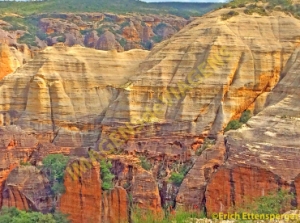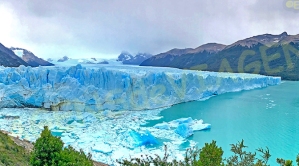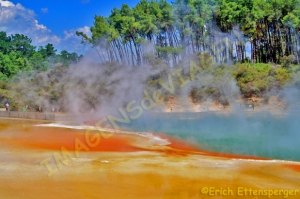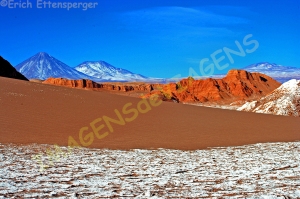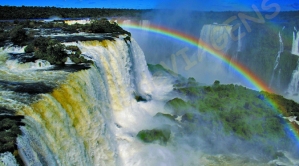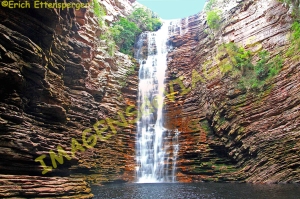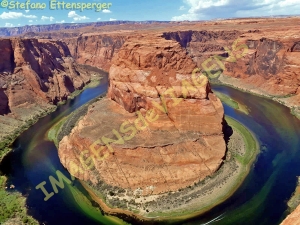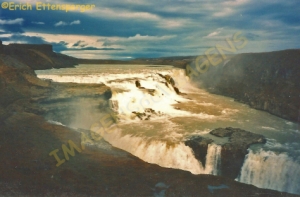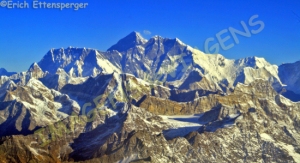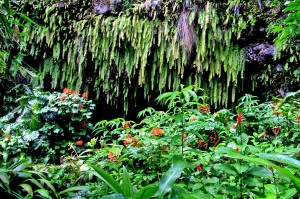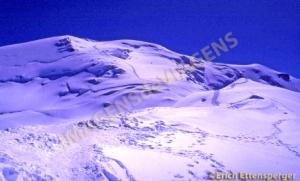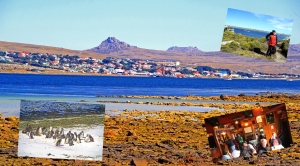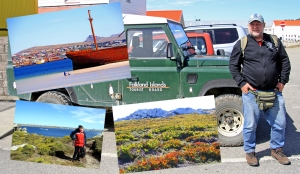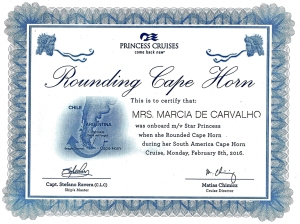O mundo definitivamente tem lugares espetaculares e deslumbrantes. Nesse post resolvemos elencar 12 lugares que consideramos especiais na América do Sul.
As razões que nos levaram a destacar esses locais estão diretamente relacionados com sua beleza, importância histórica para a história do lugar e até mesmo para a humanidade, como é o caso de Machu Picchu. Uma outra razão é a relevância no que diz respeito a evolução geológica da terra, como o Monte Roraima e o Parque Nacional Torres del Paine, por exemplo. Também consideramos a importância ambiental do lugar.
Os 12 Lugares Especiais na América do Sul escolhidos pelo Blog Imagens e Viagens são os seguintes:
Parque Nacional Torres del Paine (Chile) – Reserva da Biosfera da UNESCO

Parque Nacional do Iguaçu (Brasil) e Parque Nacional do Iguazú (Argentina) – Patrimônios Naturais da Humanidade da UNESCO
Parque Nacional dos Glaciares (Argentina) – Patrimônio Natural da Humanidade da UNESCO
Santuário Histórico de Machu Picchu (Peru) – Patrimônio Cultural da Humanidade da UNESCO
 Monte Roraima (Venezuela, Brasil e Guiana)
Monte Roraima (Venezuela, Brasil e Guiana)
 Cidade Histórica de Sucre (Bolívia) – Patrimônio Cultural da Humanidade da UNESCO
Cidade Histórica de Sucre (Bolívia) – Patrimônio Cultural da Humanidade da UNESCO


Porto, Fortaleza e Grupo de Monumentos de Cartagena (Colômbia) – Patrimônio Cultural da Humanidade da UNESCO


 Missão Jesuítica da Santíssima Trindade de Paraná e Jesus de Tavarangue (Paraguai) – Patrimônio Cultural da Humanidade da UNESCO
Missão Jesuítica da Santíssima Trindade de Paraná e Jesus de Tavarangue (Paraguai) – Patrimônio Cultural da Humanidade da UNESCO

Bairro Histórico da Colônia de Sacramento (Uruguai) – Patrimônio Cultural da Humanidade da UNESCO
 Ilha de Páscoa (Chile) – Rapa Nui National Park – Patrimônio Cultural da Humanidade da UNESCO
Ilha de Páscoa (Chile) – Rapa Nui National Park – Patrimônio Cultural da Humanidade da UNESCO
 Ilha de Galápagos (Equador) – Patrimônio Natural da Humanidade da UNESCO
Ilha de Galápagos (Equador) – Patrimônio Natural da Humanidade da UNESCO

Observação: se você quiser continuar “viajando” com o nosso blog, clique no botão “seguir” localizado no canto inferior direito dessa página. Você também pode “viajar” pelo Brasil conhecendo nosso livro impresso 66 x Brasil e sua versão digital 66 Belezas do Brasil.
 12 ganz spezielle Orte in Südamerika
12 ganz spezielle Orte in Südamerika
Die Welt offeriert definitiv spektakuläre und atemberaubende Orte. In diesem Beitrag haben wir beschlossen, 12 Orte aufzulisten, die wir in Südamerika als ganz besonders betrachten.
Die Gründe, die uns veranlassten, diese Orte hervorzuheben, hängen direkt mit ihrer Schönheit, ihrer historischen Bedeutung für die Geschichte des Ortes und sogar für die Menschheit zusammen, wie dies z.B. bei Machu Picchu der Fall ist.
Ein weiterer Grund ist die Relevanz für die geologische Entwicklung des Landes, wie zum Beispiel der Monte Roraima und der Nationalpark Torres del Paine. Wir berücksichtigen auch die ökologische Bedeutung des Ortes.
Unsere 12 besonderen Orte in Südamerika, die vom Bilder- und Reiseblog ausgewählt wurden, sind wie folgt:
Nationalpark Torres del Paine (Chile) – UNESCO-Biosphärenreservat
Iguaçu-Nationalpark (Brasilien) und Iguazú-Nationalpark (Argentinien) – UNESCO-Weltkulturerbe
Glacier Nationalpark (Argentinien) – UNESCO-Weltkulturerbe
Historisches Heiligtum von Machu Picchu (Peru) – UNESCO-Weltkulturerbe
Mount Roraima (Venezuela, Brasilien und Guyana)
Historische Stadt Sucre (Bolivien) – UNESCO-Weltkulturerbe


Denkmalgruppe Porto, Fortaleza und Cartagena (Kolumbien) – UNESCO-Weltkulturerbe

Historischer Bezirk Colonia de Sacramento (Uruguay) – UNESCO-Weltkulturerbe
Osterinsel (Chile) – Rapa Nui Nationalpark – UNESCO-Weltkulturerbe
Galapagos-Inseln (Ecuador) – UNESCO-Weltkulturerbe
Hinweis: Falls Sie unserem Blog folgen wollen, dann klicken Sie unten rechts einfach auf “Weiter”, Sie werden dann zukünftig automatisch informiert. Sie können auch durch Brasilien reisen und unser Buch 66 SEHENSWÜRDIGKEITEN IN BRASILIEN kennenlernen und 66 x Brazil – A Mosaic of Beauties.
 12 very special places in South America
12 very special places in South America
The world definitely offers spectacular and breathtaking places. In this post, we’ve decided to list 12 places that we consider to be very special in South America.
The reasons that led us to highlight these places are directly related to their beauty, their historical importance for the history of the place and even for humanity, as is the case with Machu Picchu, for example.
Another reason is the relevance for the geological development of the country, such as the Monte Roraima and the Torres del Paine National Park. We also take into account the ecological importance of the place.
Our 12 special places in South America selected by the picture and travel blog are as follows:
Torres del Paine National Park (Chile) – UNESCO Biosphere Reserve
Iguaçu National Park (Brazil) and Iguazú National Park (Argentina) – UNESCO World Heritage Sites
Glacier National Park (Argentina) – UNESCO World Heritage Site
Historic Sanctuary of Machu Picchu (Peru) – UNESCO World Heritage Site
Mount Roraima (Venezuela, Brazil and Guyana)
Historic city of Sucre (Bolivia) – UNESCO World Heritage Site


Monument group Porto, Fortaleza and Cartagena (Colombia) – UNESCO World Heritage Site

Historic District of Colonia de Sacramento (Uruguay) – UNESCO World Heritage Site
Easter Island (Chile) – Rapa Nui National Park – UNESCO World Heritage Site
Galapagos Islands (Ecuador) – UNESCO World Heritage Site
Note: If you want to follow our “Travels” on the blog, simply click on “Seguir” in the lower right corner, you will be then automatically informed in the future. You can continue traveling with us with our book Brazil´s 66 Beautiful Sites and 66 x Brazil – A Mosaic of Beauties.


















































